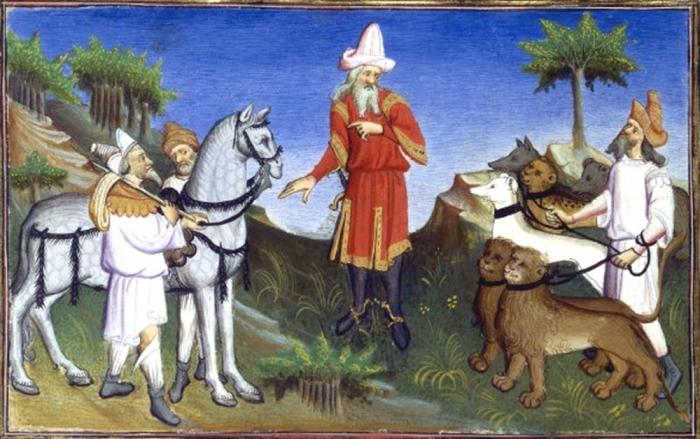"Great Tartaria" - so in the Middle Ages, and sometimes even up to the twentieth century, Europeans called the huge lands that ran from the Urals to the Pacific Ocean. According to the ideas of European scientists and historians, researchers and travelers of that time, it was a huge single country, divided into provinces, a very rich and powerful power, in which there were many cities where people of different faiths and social backgrounds lived. The ancient map of Great Tartaria clearly shows how vast the lands that were part of it were considered. These are the Caspian regions, all of Siberia, Central Asia, Mongolia, Tibet. In the south, it bordered on China and India, and in the north it rested on the Arctic Ocean. In a word, Tartaria was undoubtedly one of the largest countries in the entire history of mankind.

Dionysius Petavius, one of the founders of modern chronology, believed that the history of Great Tartaria dates back to the time of the Scythians, who lived from the Black Sea coast to the Arctic Ocean, called in ancient times the Scythian, or Studeny, sea. In his opinion, the ruler of the country was the Great Khan, which possessed many kingdoms and provinces. The first such khan was Genghis.
Petavius believed that the modern Great Tartaria was divided into several large provinces. The near-bottom and northern Caspian lands were considered to be Lesser Tartaria. This is followed by the Asian, or Moskovitskaya, part located in the Volga steppes, where people live in tents and constantly wander from place to place, changing pastures. They call their country a horde. Ancient Tartary was considered the region from which all the tartars went and gradually spread throughout Europe and Asia. The Central Asian lands are divided into several regions, such as Chagatai, Margiana, Turkestan.
Thus, from the descriptions of medieval scholars, we can conclude that the map of Great Tartary was a vast region that covered the vast lands of the Eurasian continent.
The religion of Tartaria is also described. Great Tartaria was not a country with a single religion. In its various corners there were different faiths. This is Islam, Orthodoxy, and in some regions idolatry and paganism. The history of the Great Tartary according to Petavius is a fusion of the stories of various peoples, all those that are part of the country. So, for example, it is believed that Tamerlan is the fifth Great Khan after Genghis.

Mentioning the wealth of nations, Petavius first of all writes that the Great Tartaria is abundant in pastures and rivers. Especially rice and wheat grow a lot. It is also indicated that due to the cold climate, peoples are stocked with fur and all kinds of fabrics. Cities seem rich and majestic to him, and the markets are filled with all kinds of goods that are distributed from there by merchants around the world. The country is mining all kinds of precious metals, of which the most prominent is the abundance of gold mines. He believes that Tartaria is a very rich country, and people live in abundance and have everything.